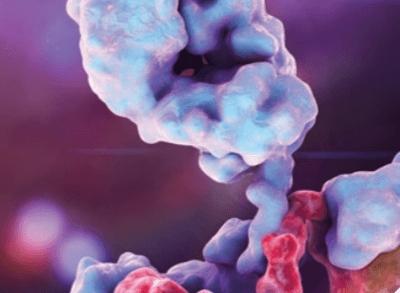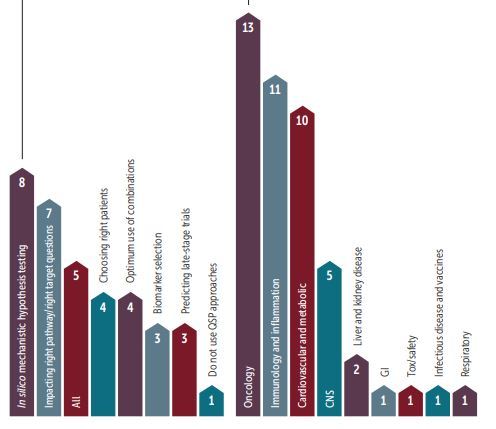Tag
Certara Products – Simcyp
Using PBPK Models to Assess Fetal Drug Exposure

The tragedy of thalidomide provides a cautionary tale about the potential for birth defects resulting…
CertaraJanuary 19, 2018
Assessing Drug-Smoking Interactions Using PBPK Modeling

The prevalence of cigarette smoking remains high globally despite abundant evidence showing that it isn't…
CertaraJuly 29, 2016
Status of QSP Modeling in the Pharmaceutical Industry

A primary cause of failures in pharmaceutical research and development (R&D) has been attributed to…
CertaraJuly 6, 2016
More Power to OATP1B1: An Evaluation of Sample Size in Pharmacogenetic Studies Using a Rosuvastatin PBPK Model for Intestinal, Hepatic, and Renal Transporter-mediated Clearances

Rosuvastatin is a substrate of choice in clinical studies of organic anion-transporting polypeptide (OATP)1B1- and…
CertaraJuly 1, 2016
Development of a Permeability-limited Model of the Human Brain and Cerebrospinal Fluid (CSF) to Integrate Known Physiological and Biological Knowledge: Estimating Time Varying CSF Drug Concentrations and Their Variability Using In Vitro Data

A 4-compartment permeability-limited brain (4Brain) model consisting of brain blood, brain mass, cranial and spinal…
CertaraJune 1, 2016






